Aeschbach WW2 Pattern German Wehrmacht & Luftwaffe Dienstuhr (Army/Airforce Service Watch) with a 24 Jewel Swiss Sellita SW216 Movement and a Domed Vintage Box Sapphire Crystal
£595.00 GBP
Product Details
SKU Code: AESC/DUH2CH
This classic hand-winding WW2 pattern Aeschbach military watch features a Swiss 24 Jewel Sellita SW216 movement and a small subsidiary dial second hand. The design is based on the typical styles used by the German Wehrmacht and Luftwaffe during World War II. Although the original watches are now very rare and tend to fetch high prices, this watch is outwardly almost indistinguishable from the factory's WW2 models. It retains the acrylic crystal used on the original watches and upgrades the original 15-jewel hand-winding mechanical movement to a 24-jewel hand-winding movement. Additionally, it has been improved with 100m water resistance and a shatter and scratch-resistant box sapphire crystal, which looks identical to the original plexiglass crystal. This watch maintains the original outward appearance while incorporating multiple discreet updates to enhance its durability for daily use.
The original WW2 watches made for the Wehrmacht, Kriegsmarine, and Luftwaffe were produced by numerous Swiss and German manufacturers, including Aeschbach, which was founded in 1923 and continues to exist today. Collecting German military watches can be challenging due to the sheer number of suppliers at the time, comprising over 100 different manufacturers.
A group of military watch enthusiasts has compiled a list of these manufacturers, which can be found on their website at this link: WW2 German Watches. The list seems to be almost complete, and they would appreciate it if anyone could fill in the few remaining gaps.
This particular watch has a solid stainless steel case made from military-grade 316L stainless steel, a subsidiary dial second hand, a screw-down crown, a hacking function, a black dial, and luminous markings.
Specifications:
- Case Diameter: 36.5 mm excluding crown, 39 mm including crown
- Lug to Lug: 43 mm
- Thickness: 12.5 mm
- Lug Type: Spring strap bars
- Dial Colour: Black
- Case Material: 316L stainless steel
- Caseback: 316L stainless steel
- Crown: Stainless steel screw-down locking
- Water Resistance: 100m / 330ft / 10 ATM
- Movement: Hand-Wound Swiss 24 Jewel Mechanical Sellita SW216
- Crystal: Shatter and scratch-resistant sapphire box crystal with anti-reflective coating
- Luminous Material: Luminova
- Serial number on caseback
- Strap: 18mm Black Leather
- Supplied in a box
- 24 Months Guarantee
The History of Aeschbach Watches
The original WW2 watches made for the Wehrmacht, Kriegsmarine, and Luftwaffe were produced by numerous Swiss and German manufacturers, including Aeschbach, which was founded in 1923 and continues to exist today.
Aeschbach was a leading WWII watch manufacturer but faced significant misfortune during the war because they were located in Pforzheim, a town in southwestern Germany that was heavily bombed. The largest and most devastating raid was conducted by the Royal Air Force (RAF) on the evening of February 23, 1945. This attack resulted in the deaths of approximately 17,600 people, or 31.4% of the town's population, and destroyed about 83% of Pforzheim's buildings. The raid devastated two-thirds of the town, and between 80% and 100% of the inner city. The Aeschbach workshops were completely destroyed, meaning that the watches could no longer be manufactured.
However, the company saw a revival some years back when a family member, while sorting through an elderly deceased relative's belongings, discovered that many of the original technical drawings and a quantity of watches had survived. This find enabled him to devise a plan to restart the company, marking the return of Aeschbach watches.
- A lot of people ask us about the benefits of sapphire crystal over the original plexiglass. Synthetic sapphire is the best material for watch crystals because it is strong, shatter and scratch-resistant, making it very appealing to military and security personnel, police officers, and people who lead active outdoor lifestyles. These groups account for over 70% of our customers. The original plexiglass crystals, made of plastic/acrylic, were frequently used until the 1980s but were easily scratched and cracked, limiting the watch's water resistance. When clients manage to crack a crystal, over 90% are usually watches with mineral glass or plexiglass crystals. Even hardened mineral crystals do not come close to sapphire for durability under adverse conditions. Sapphire crystals are strong because, after manufacture, they are heat-treated to remove internal stresses, then made into watch crystals with two layers of anti-reflective coating applied. Of course, sapphire crystal comes at a price, so it is normally only fitted to higher specification watches.
SWISS SELLITA SW216 MOVEMENT WINDING GUIDELINES
To wind the SW216 from an empty state to full, you'll need approximately 20 to 25 turns of the crown (most other hand-wound watches will need 30 to 40 turns, so this movement needs significantly less). Once fully wound, the watch boasts an average power reserve of around 42 hours. Exercise caution during the winding process because when the locking crown is secured, it adds an additional 3 or 4 winds while being screwed down, so this must be factored in. Most hand-wound watches of this type lack a screw-down crown, which we added to increase the water resistance rating to 100m/330ft.
For those who wear the watch daily and wind it consistently, say, every morning, a slight variation in the number of turns will not significantly impact the overall power reserve because it will be well below the maximum of around 42 hours.
Some users have reported that approximately 15/17 turns are sufficient when winding every 24 hours. This seems logical because the watch would not need a full wind after 24 hours. Nevertheless, individual preferences may vary, and most owners tend to develop a sense of the optimal winding routine within the first few days of ownership.
Above all, it's crucial to emphasize the importance of not overwinding the watch, which could lead to locking up issues or, worse, damage or breakage of the mainspring. Adhering to the recommended winding procedures ensures the longevity and proper functioning of the timepiece.
To clarify, overwinding occurs when a mechanism is wound beyond its designated stopping point, posing the risk of damage or destruction to the winding mechanism. Overwinding is a concern primarily for manually-wound watches, not for their automatic counterparts, which normally cannot be overwound.









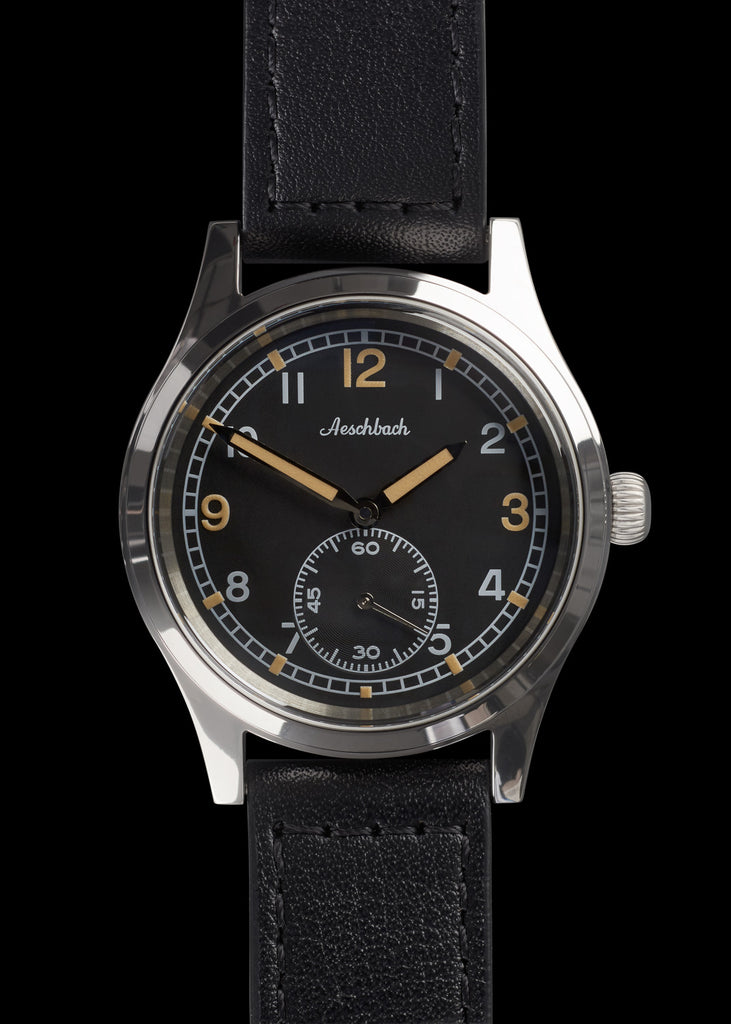
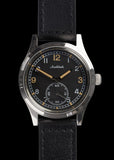
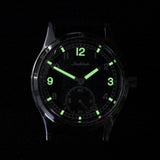
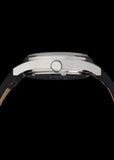
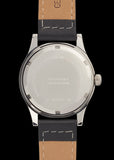
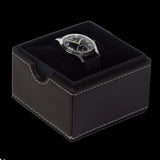
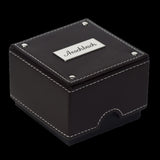
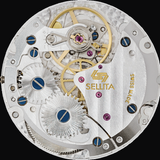
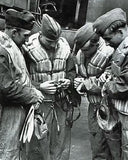
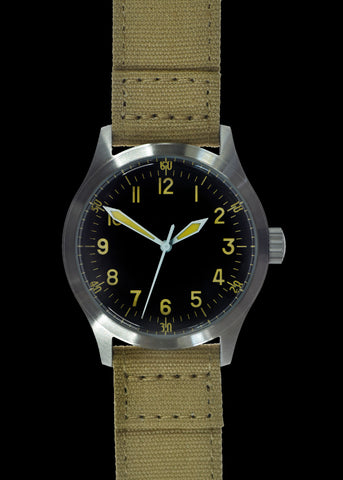
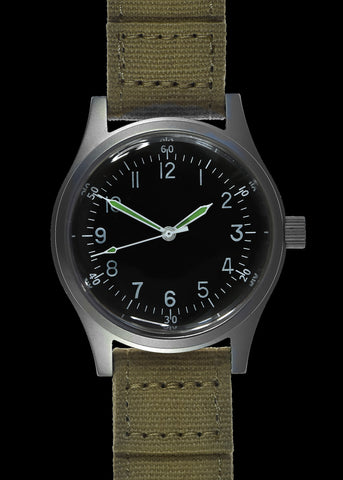
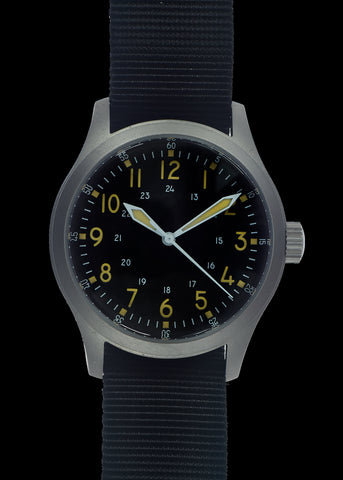
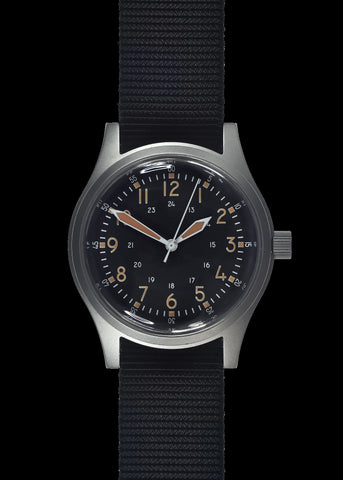
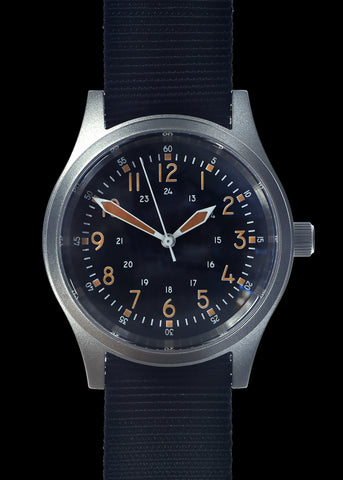
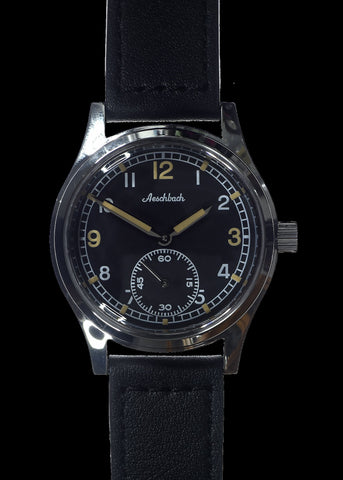





Connect